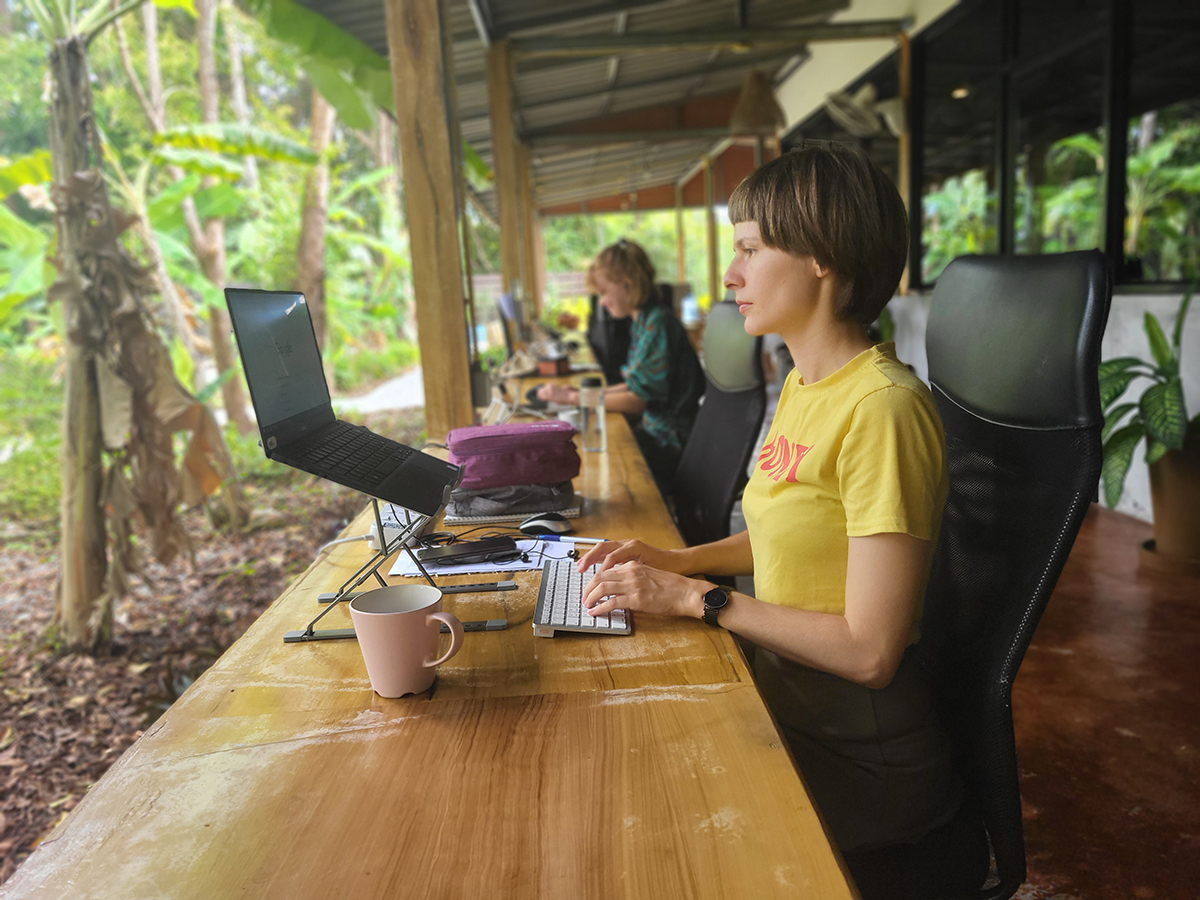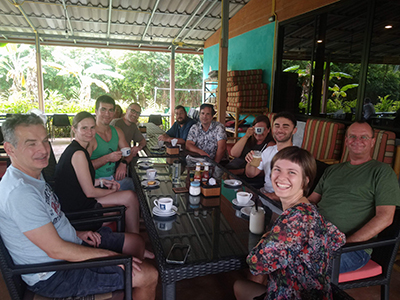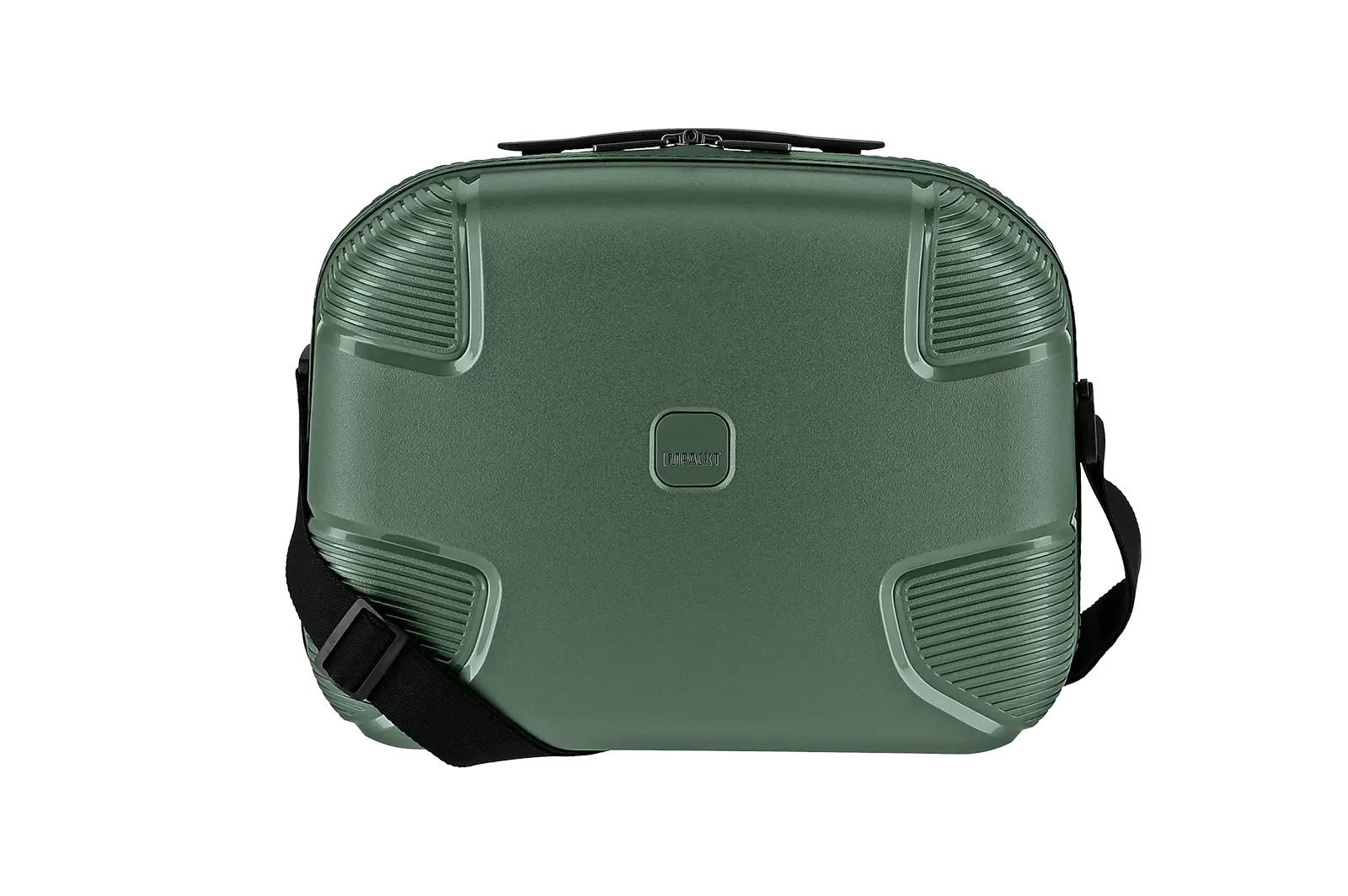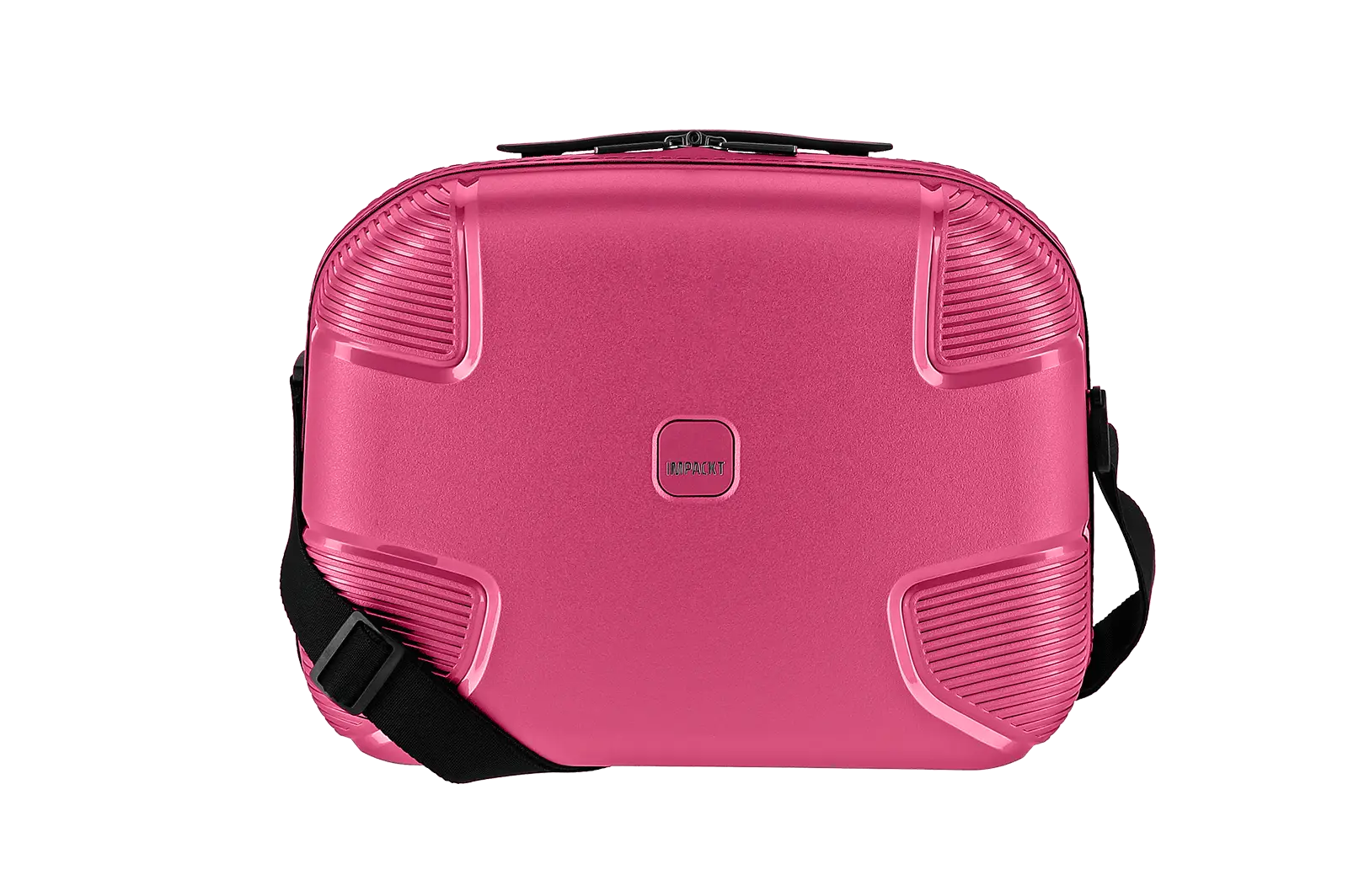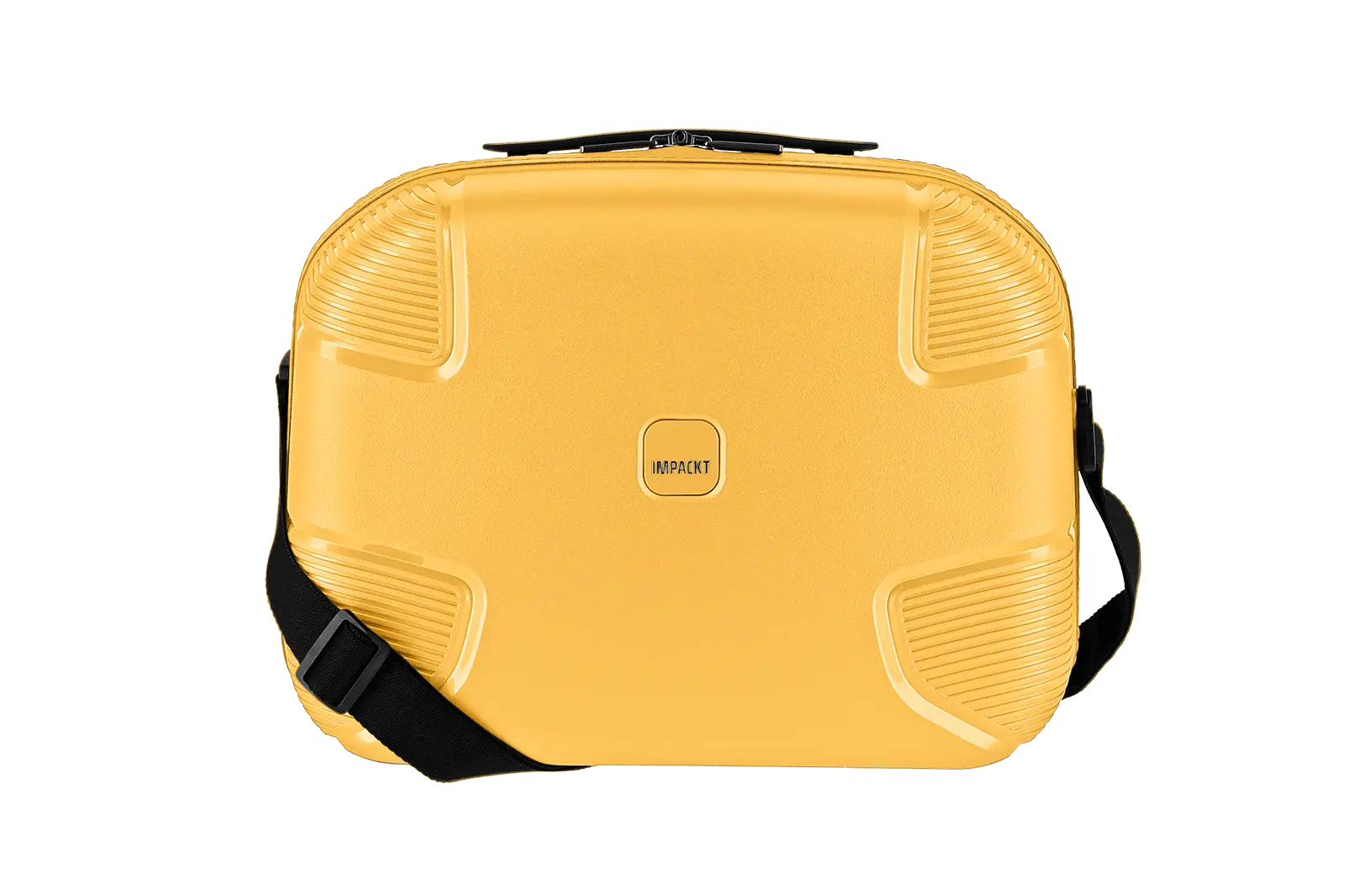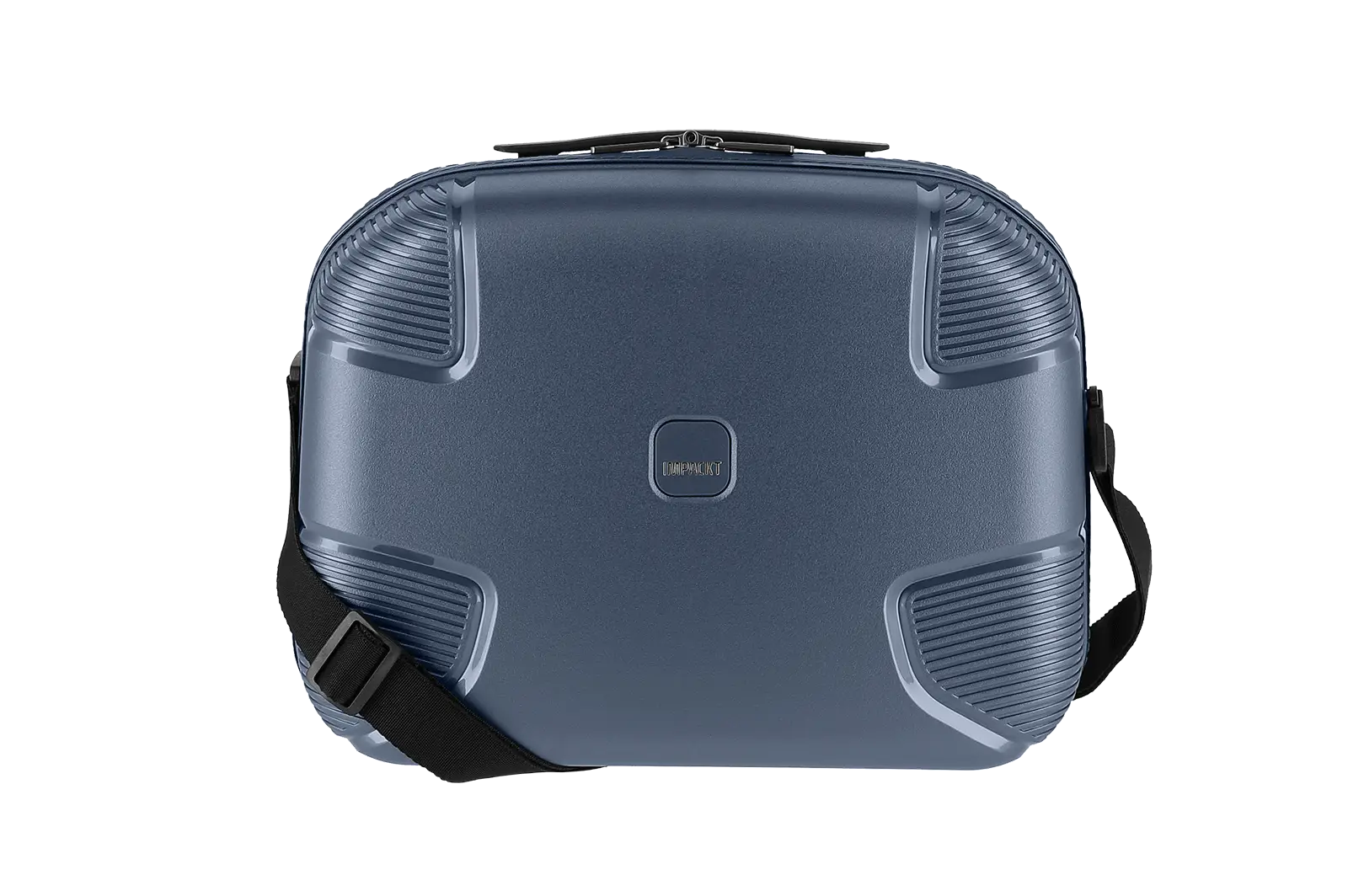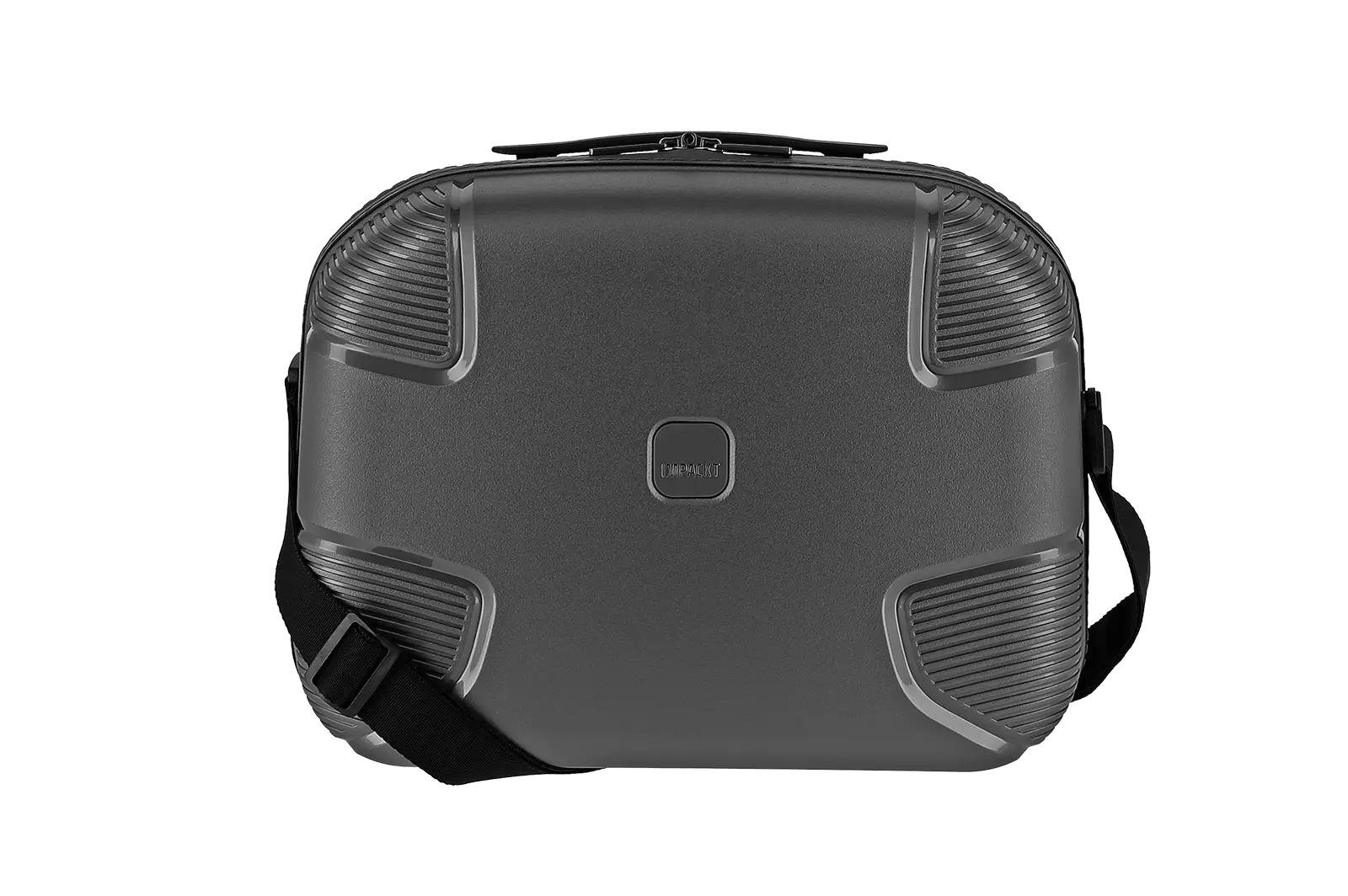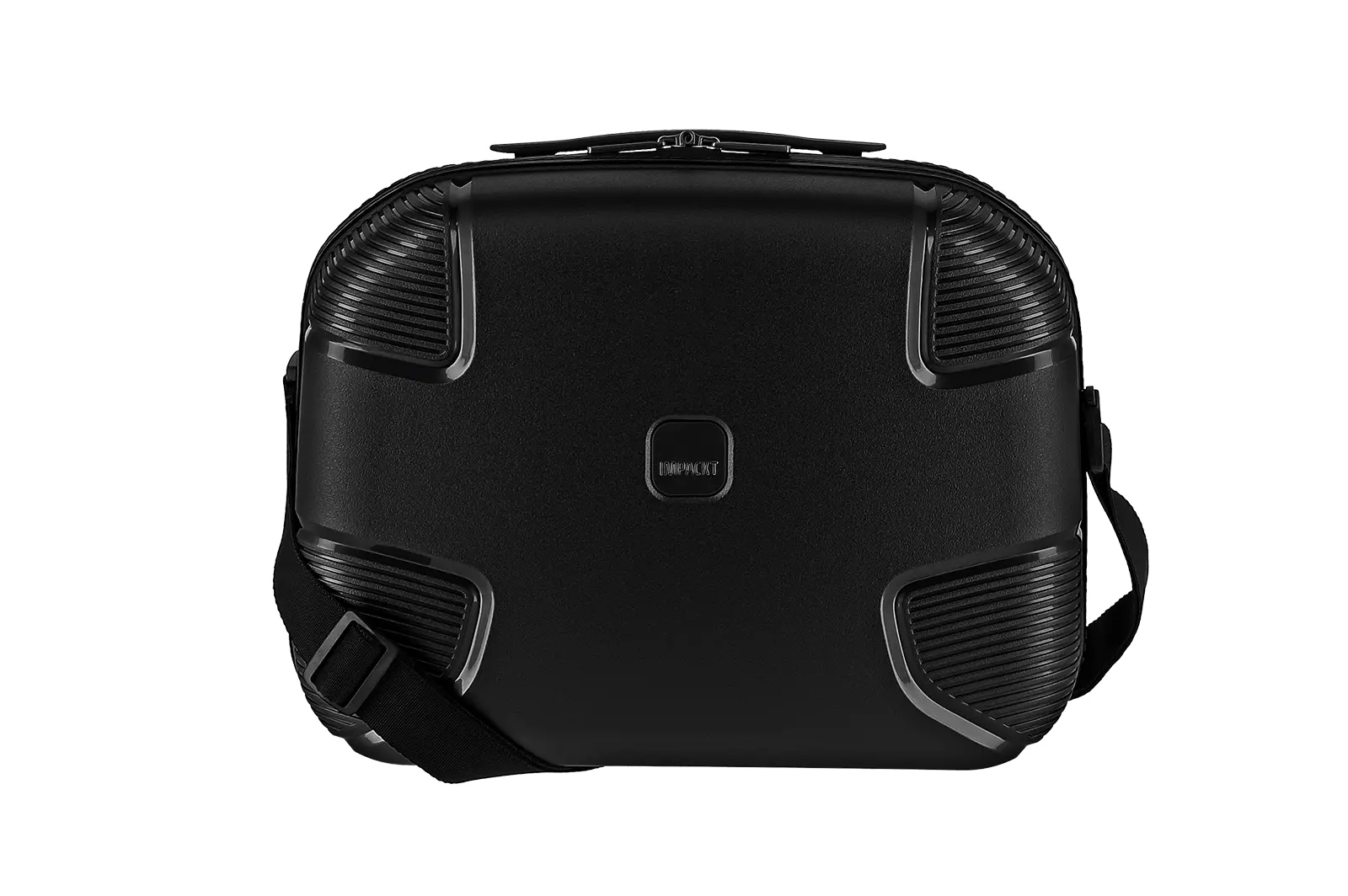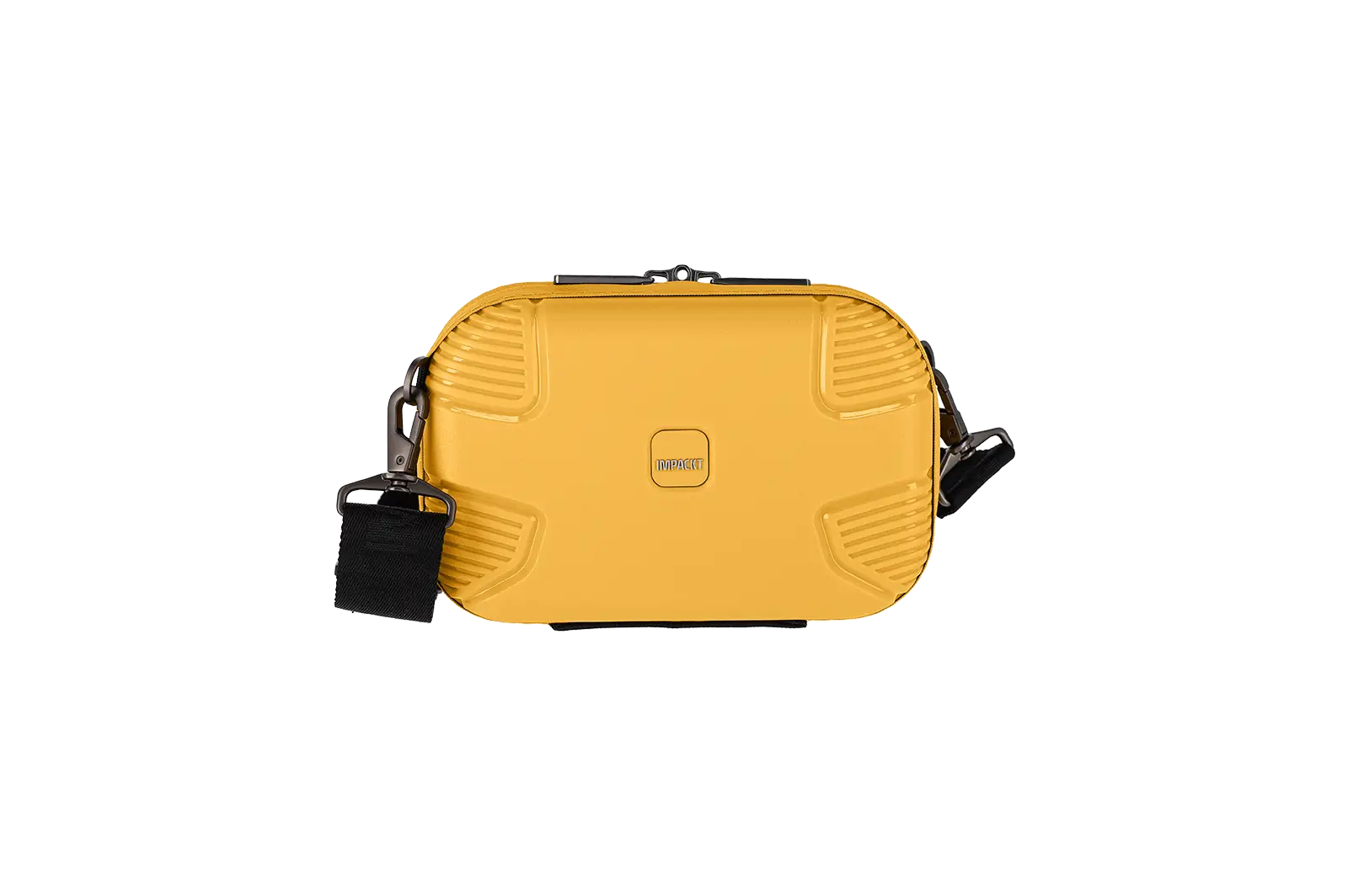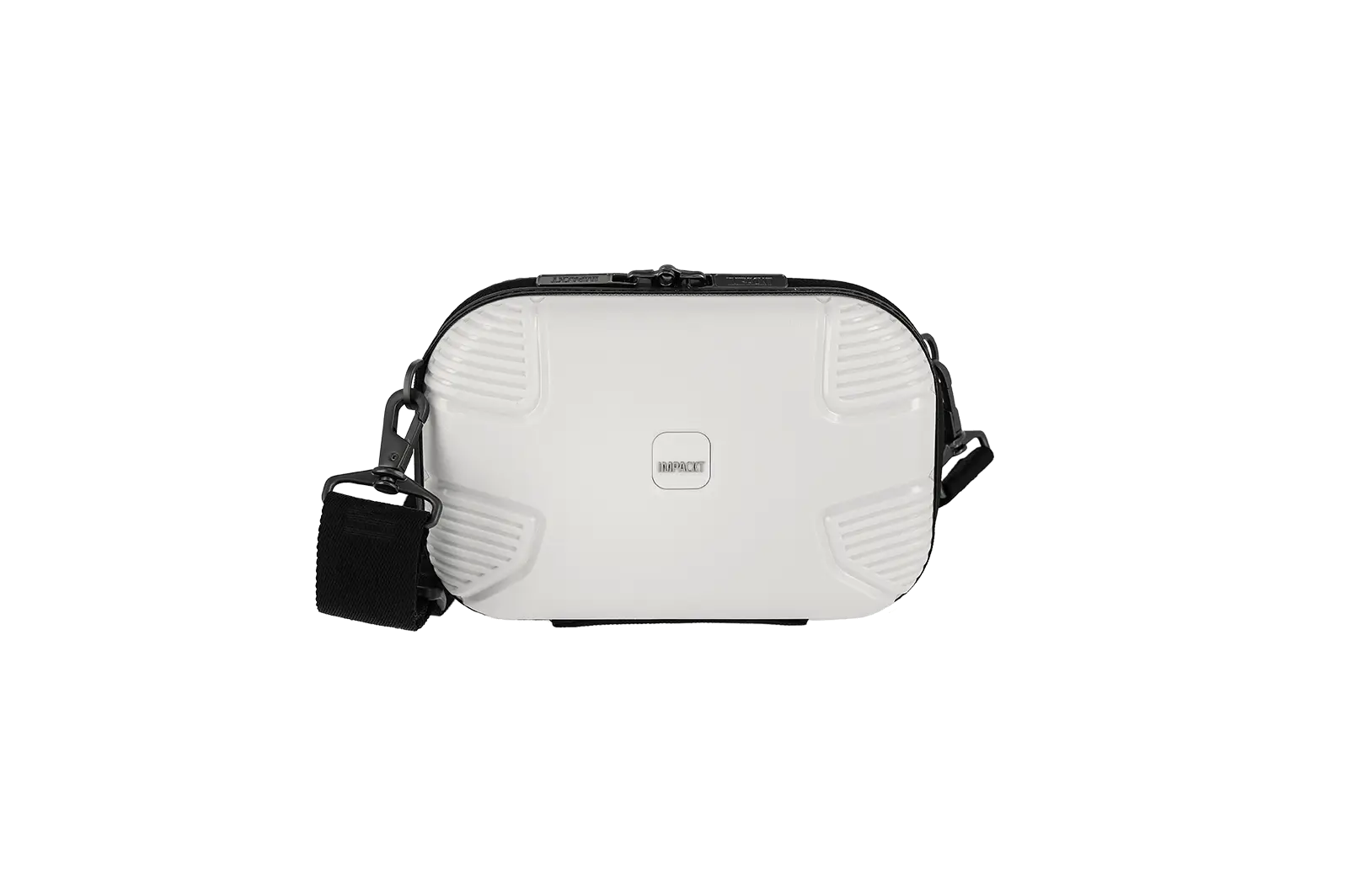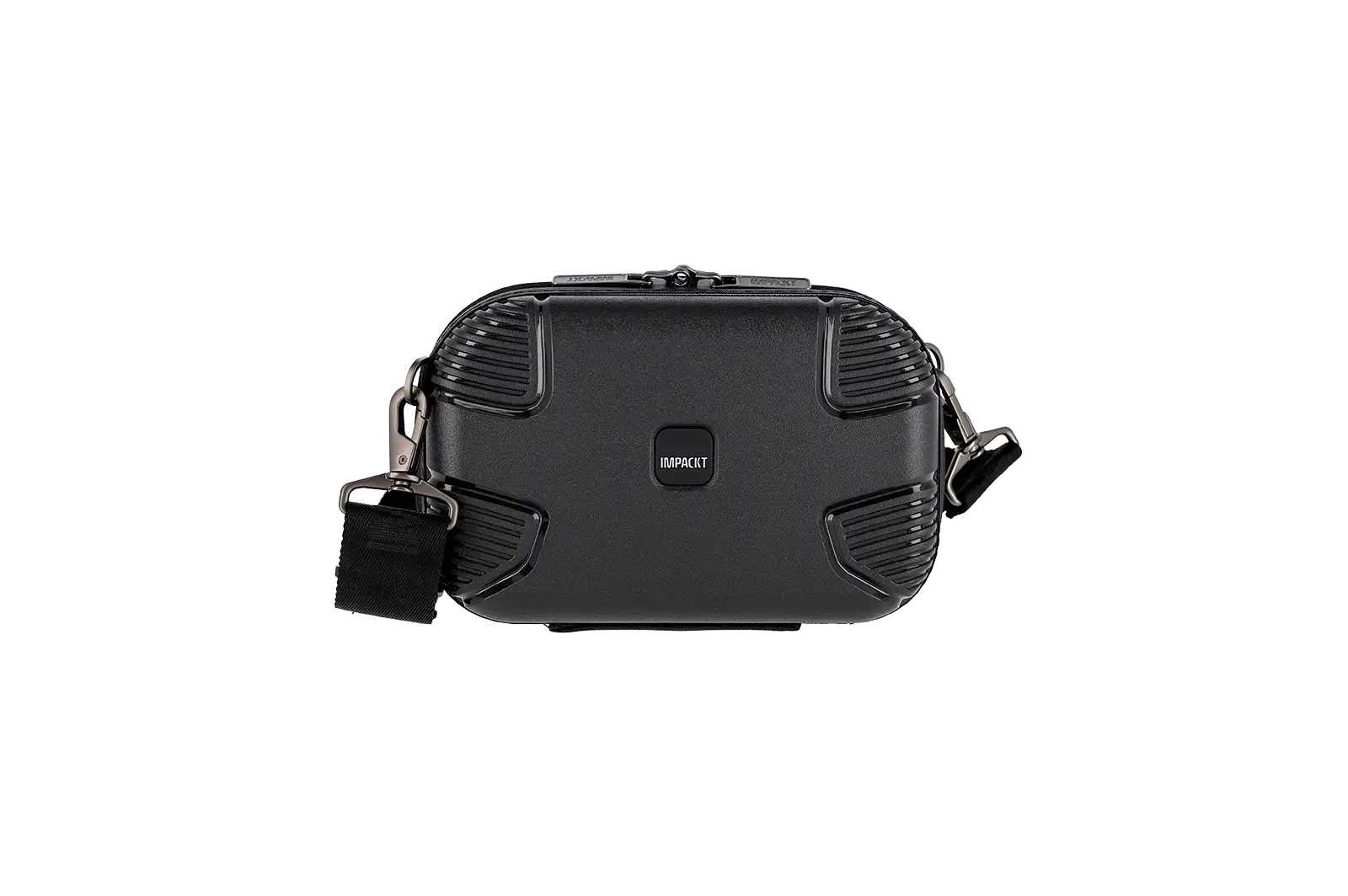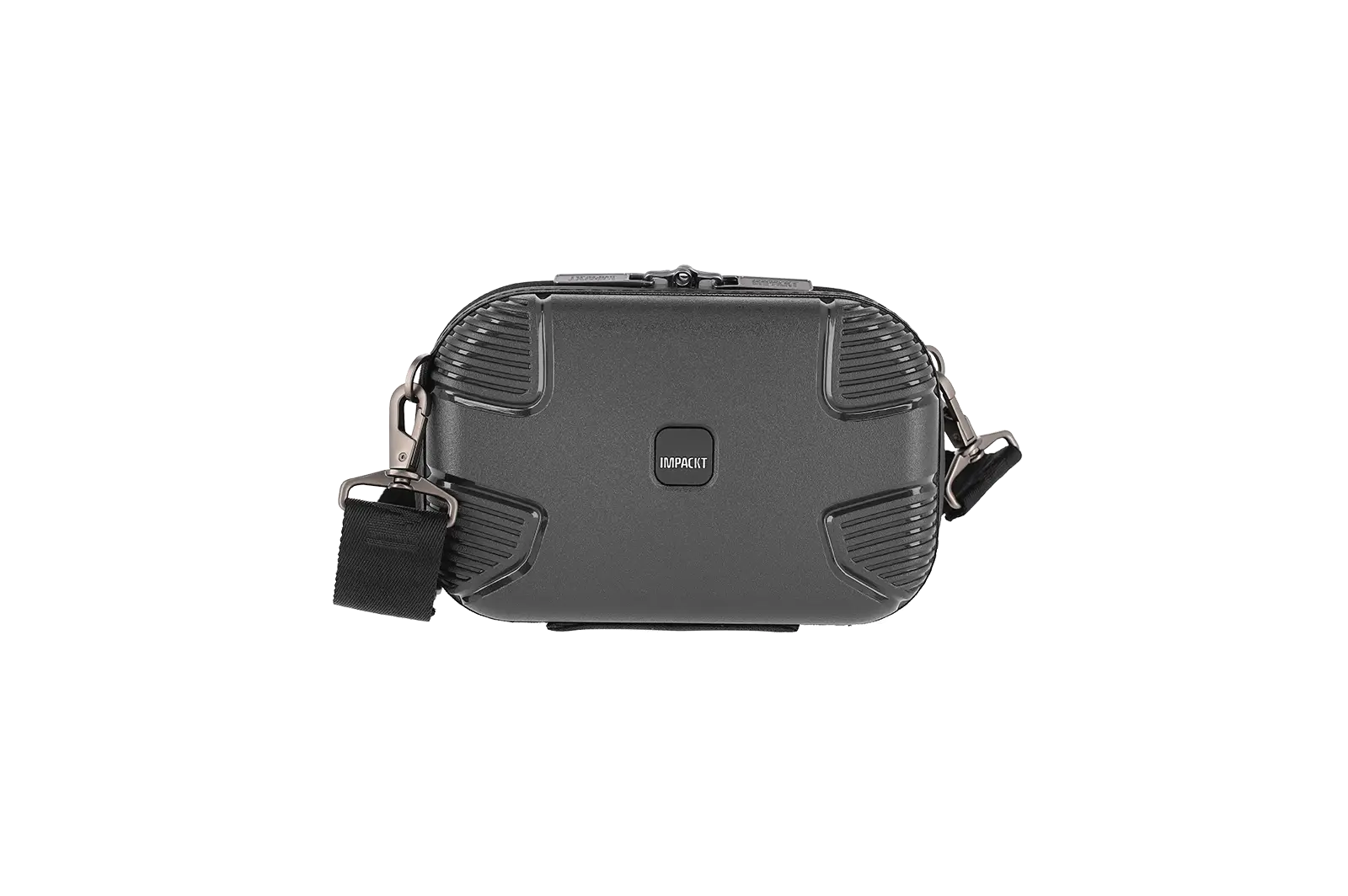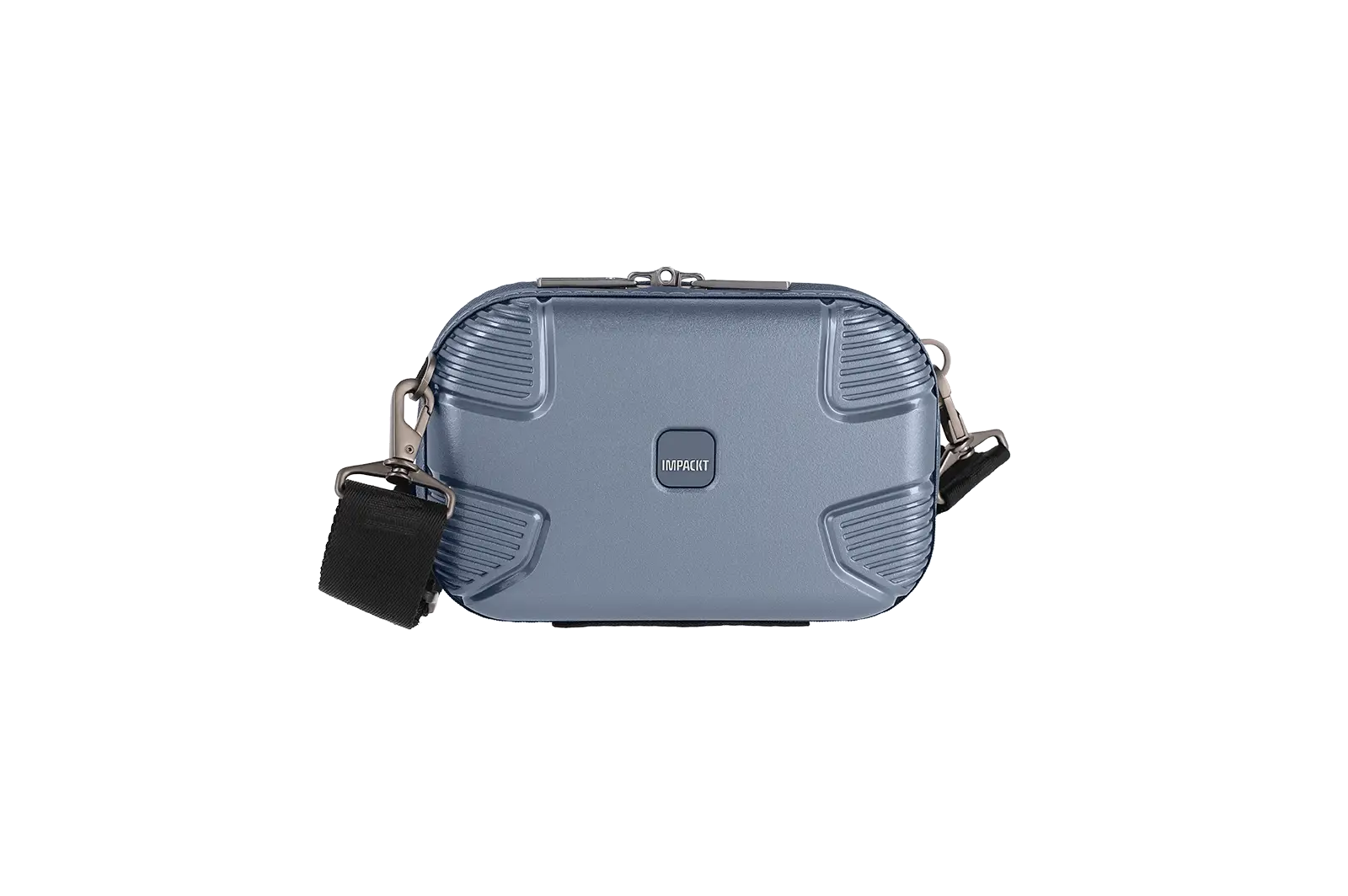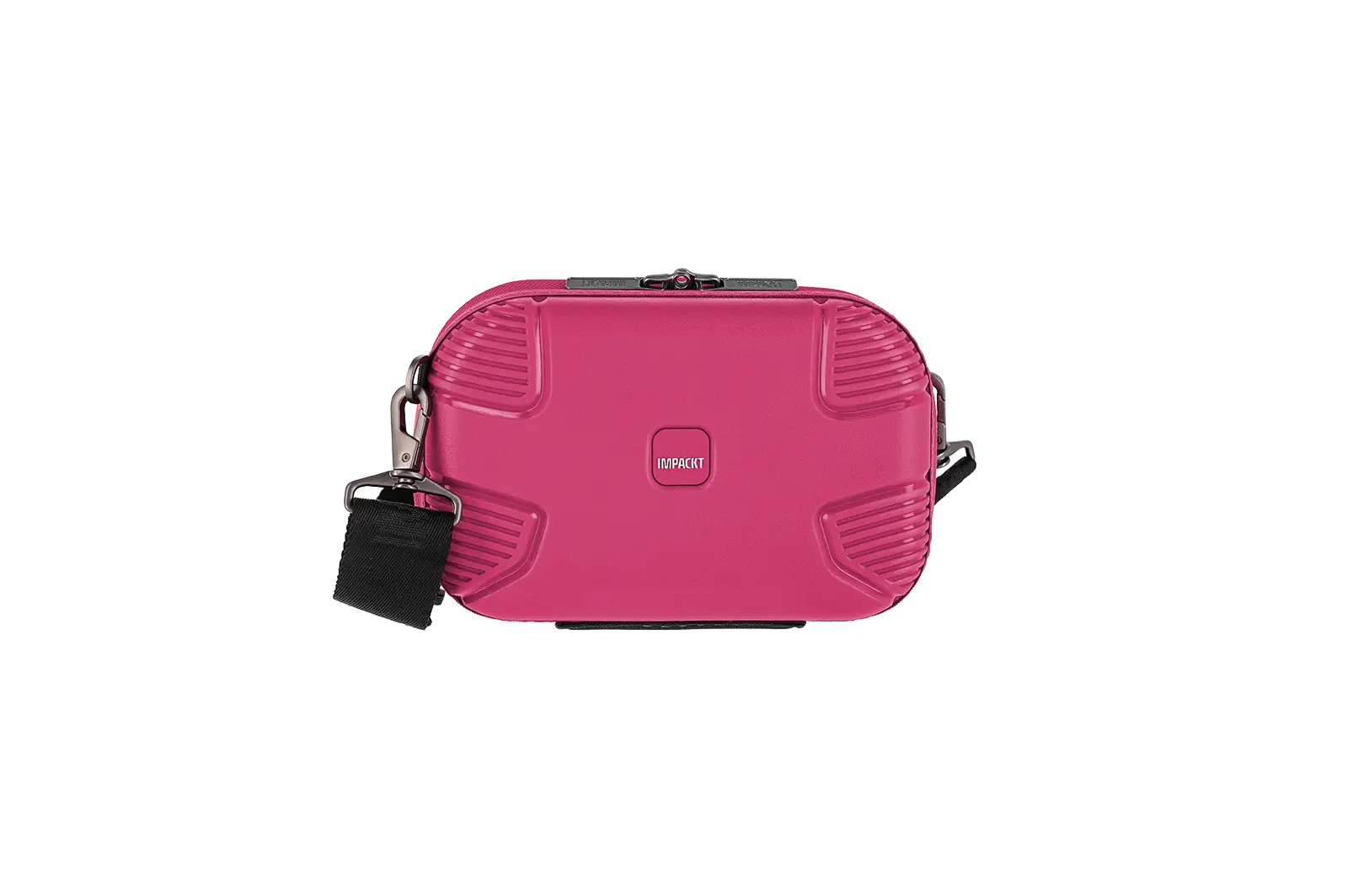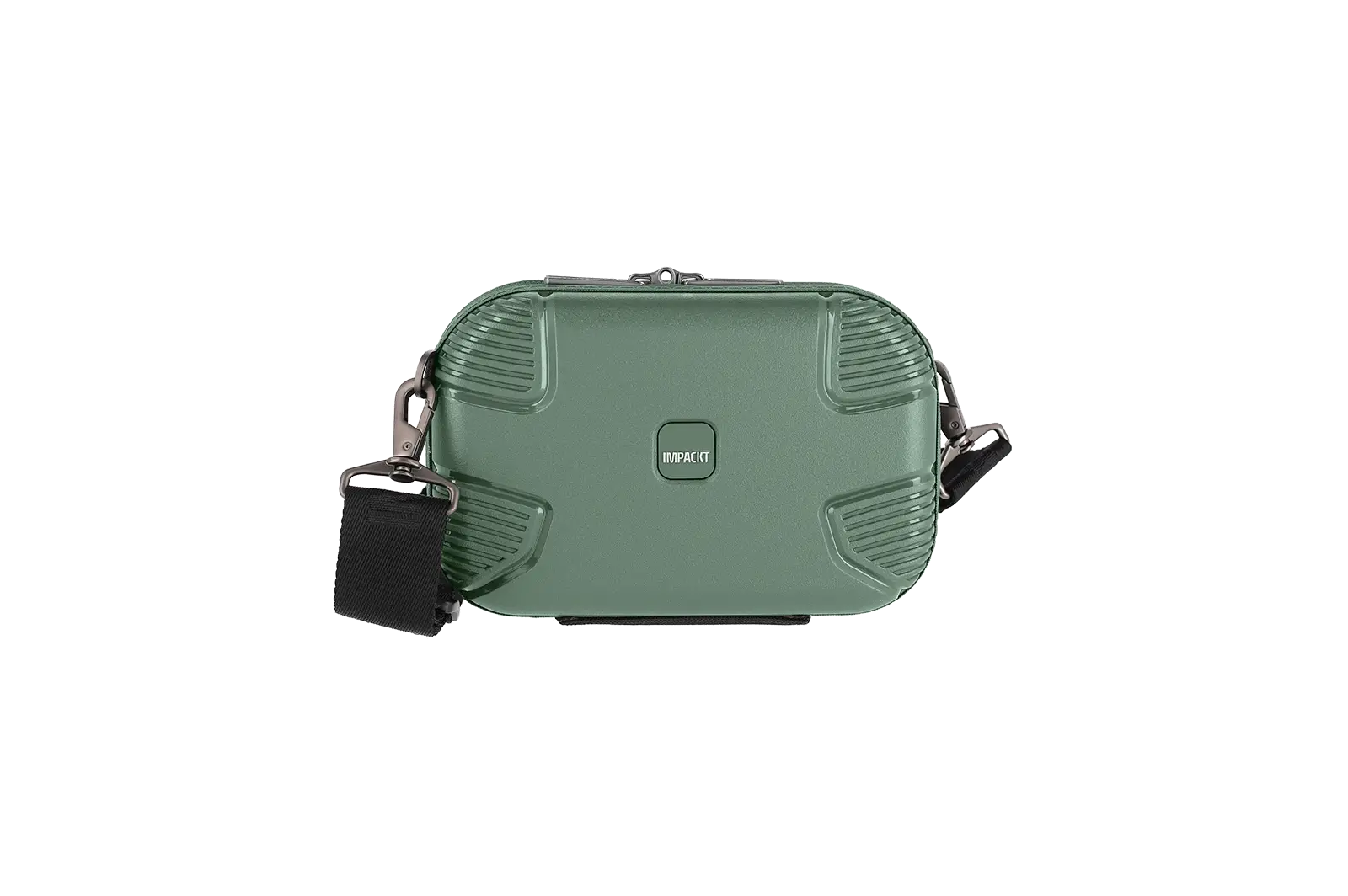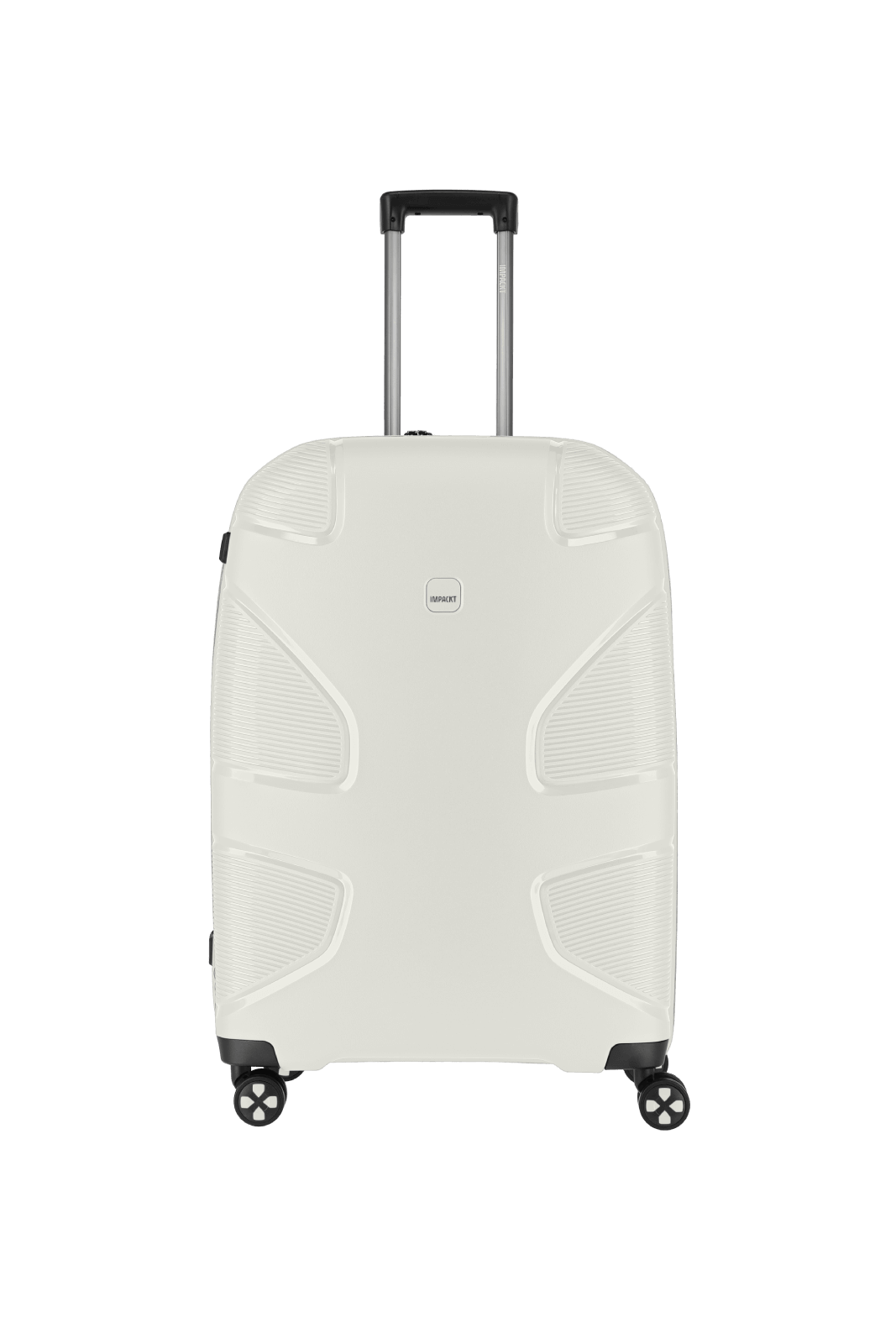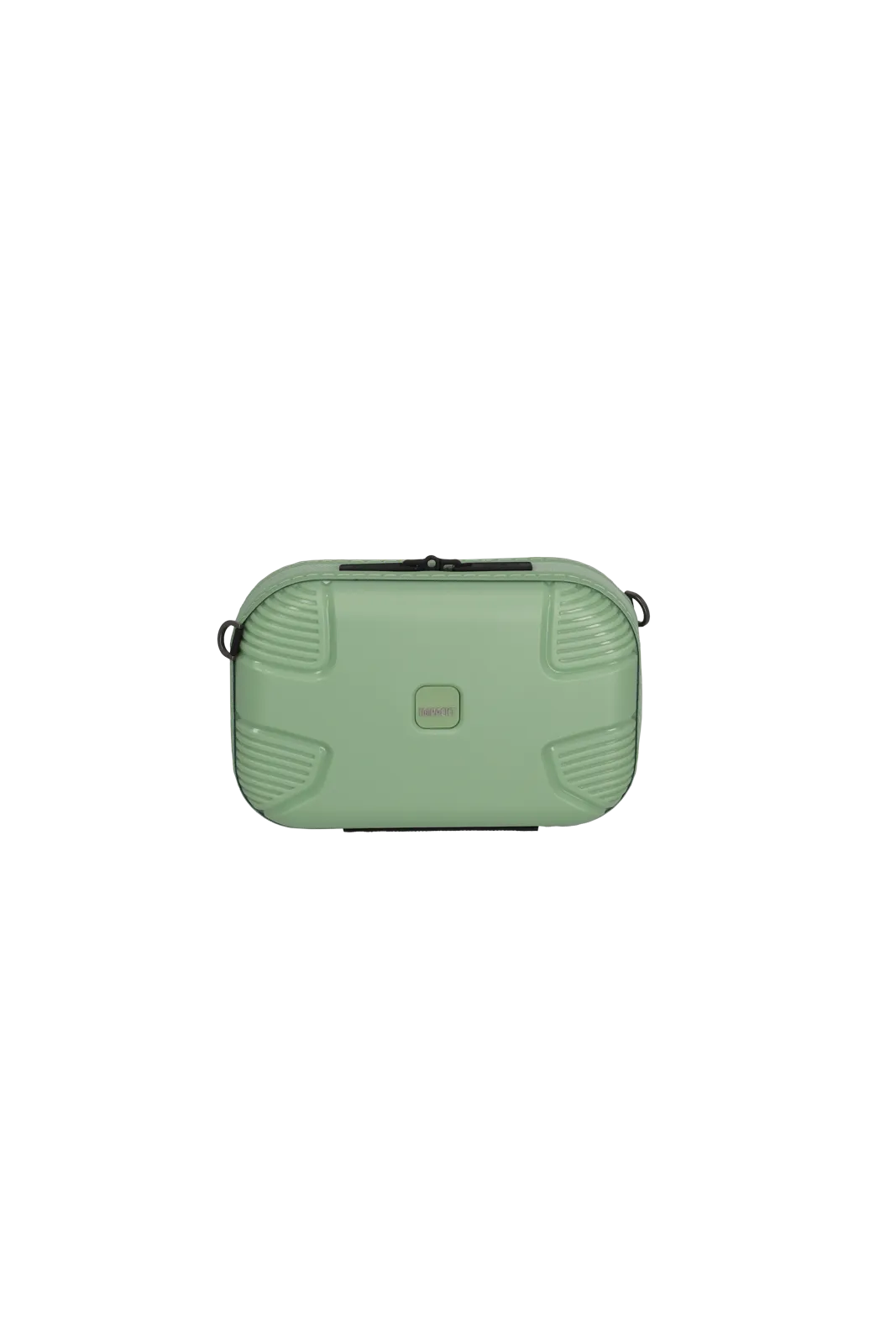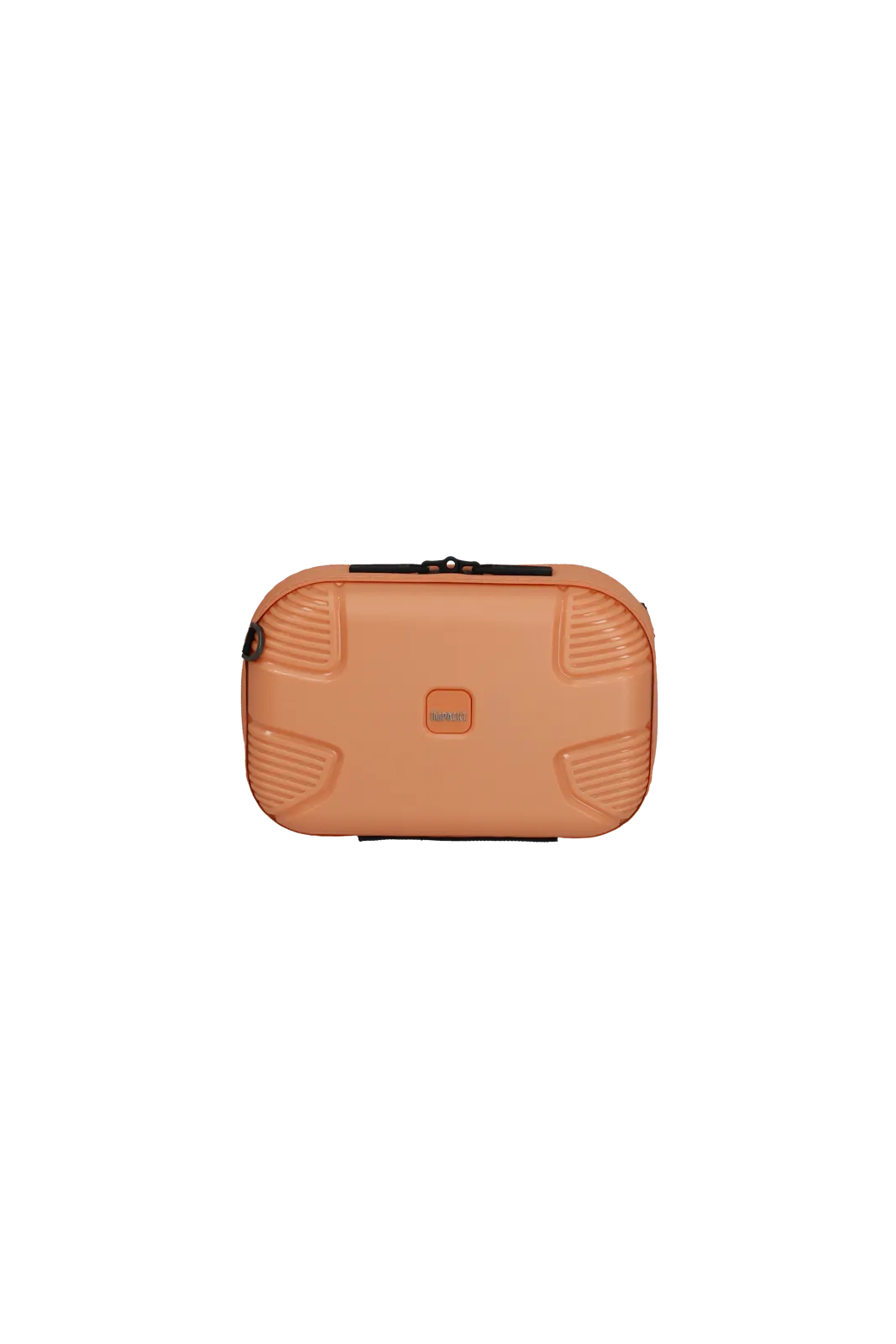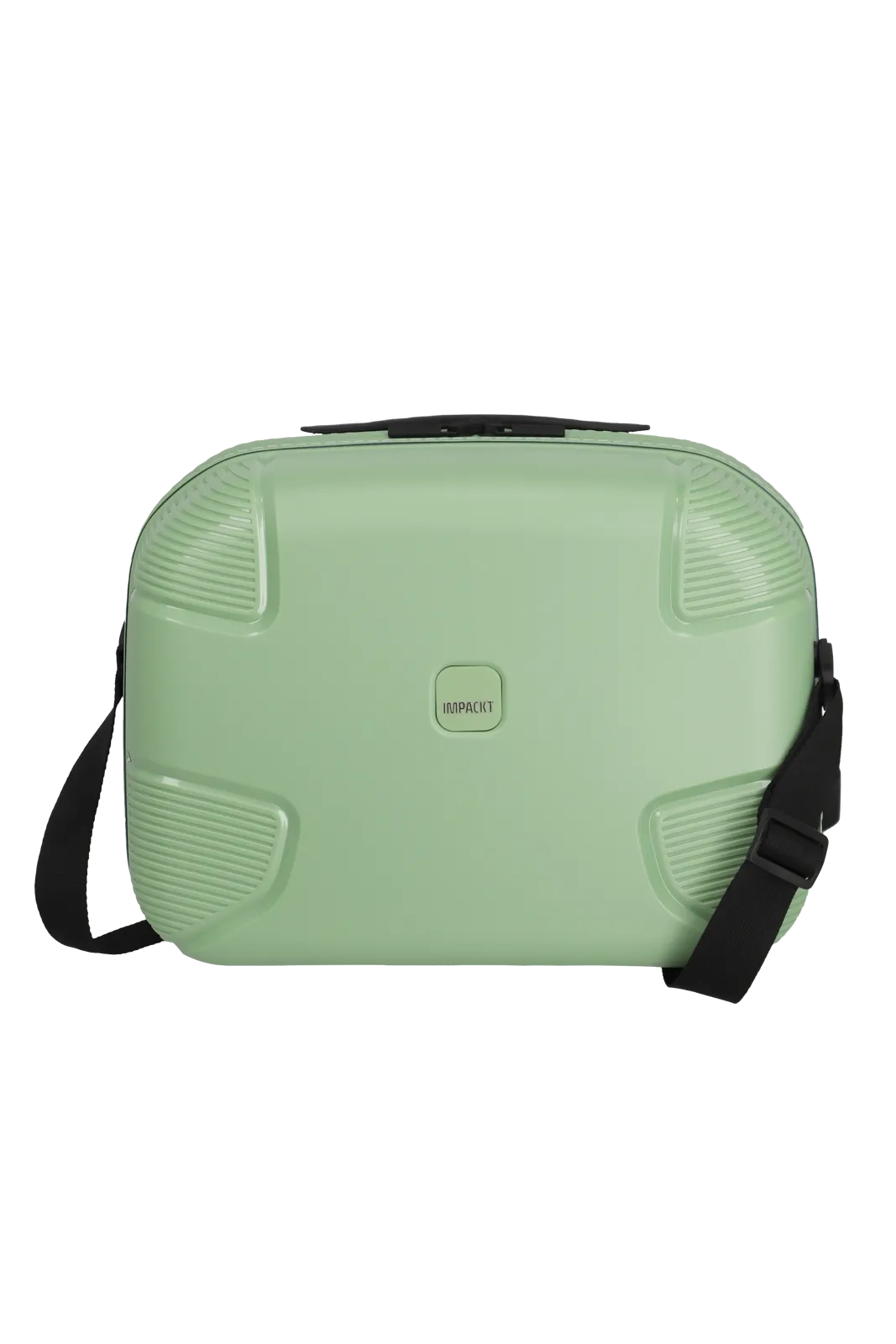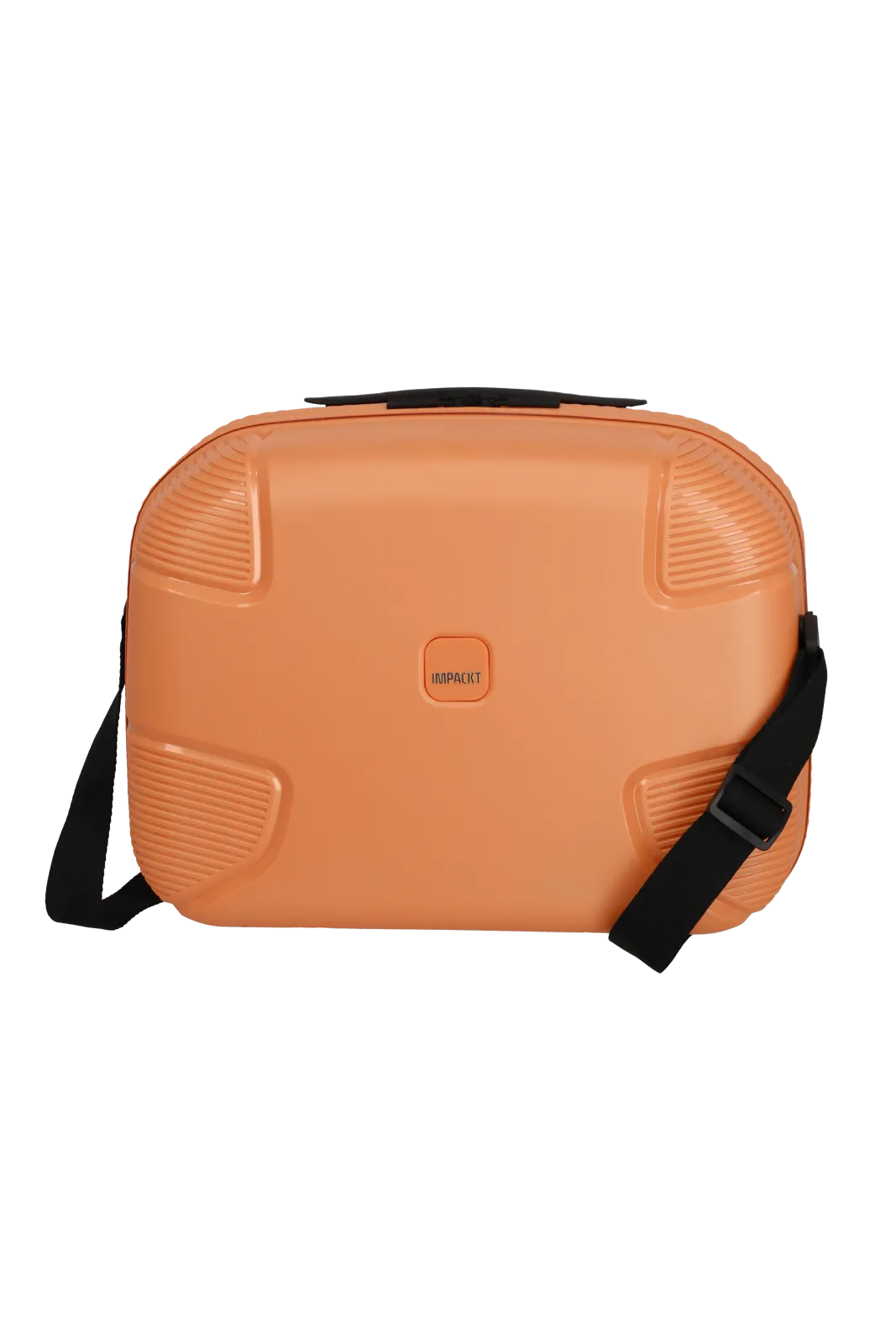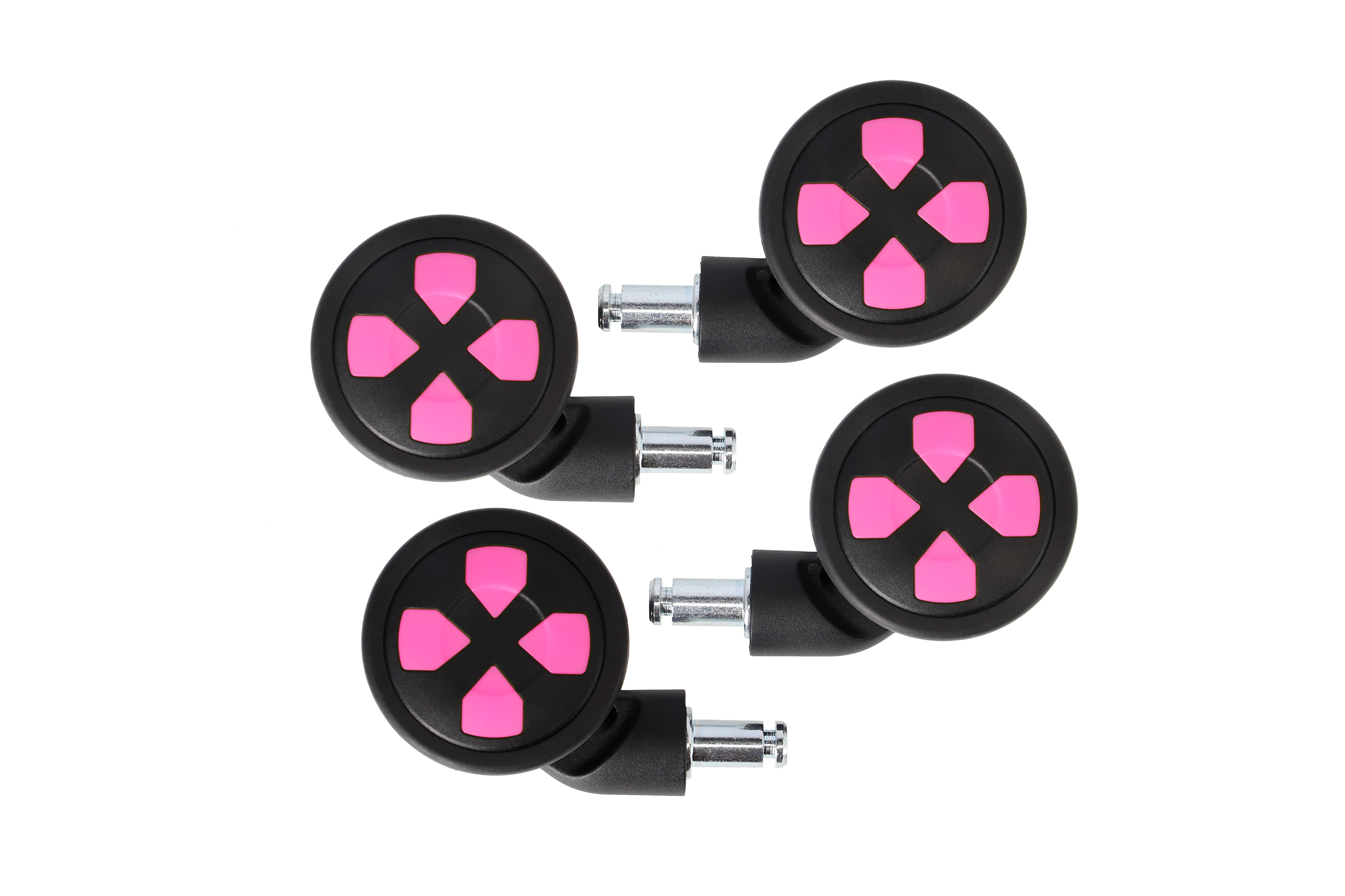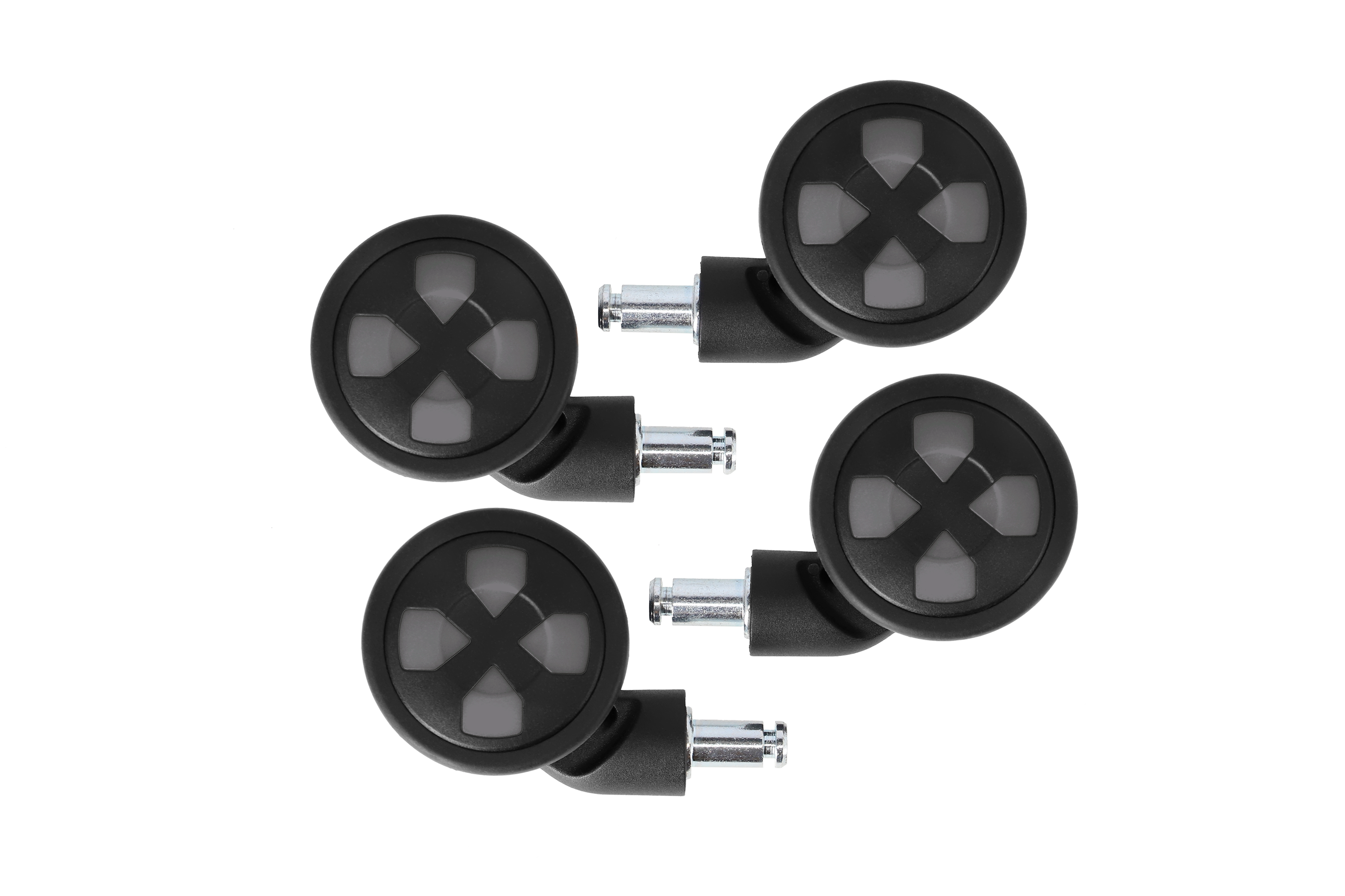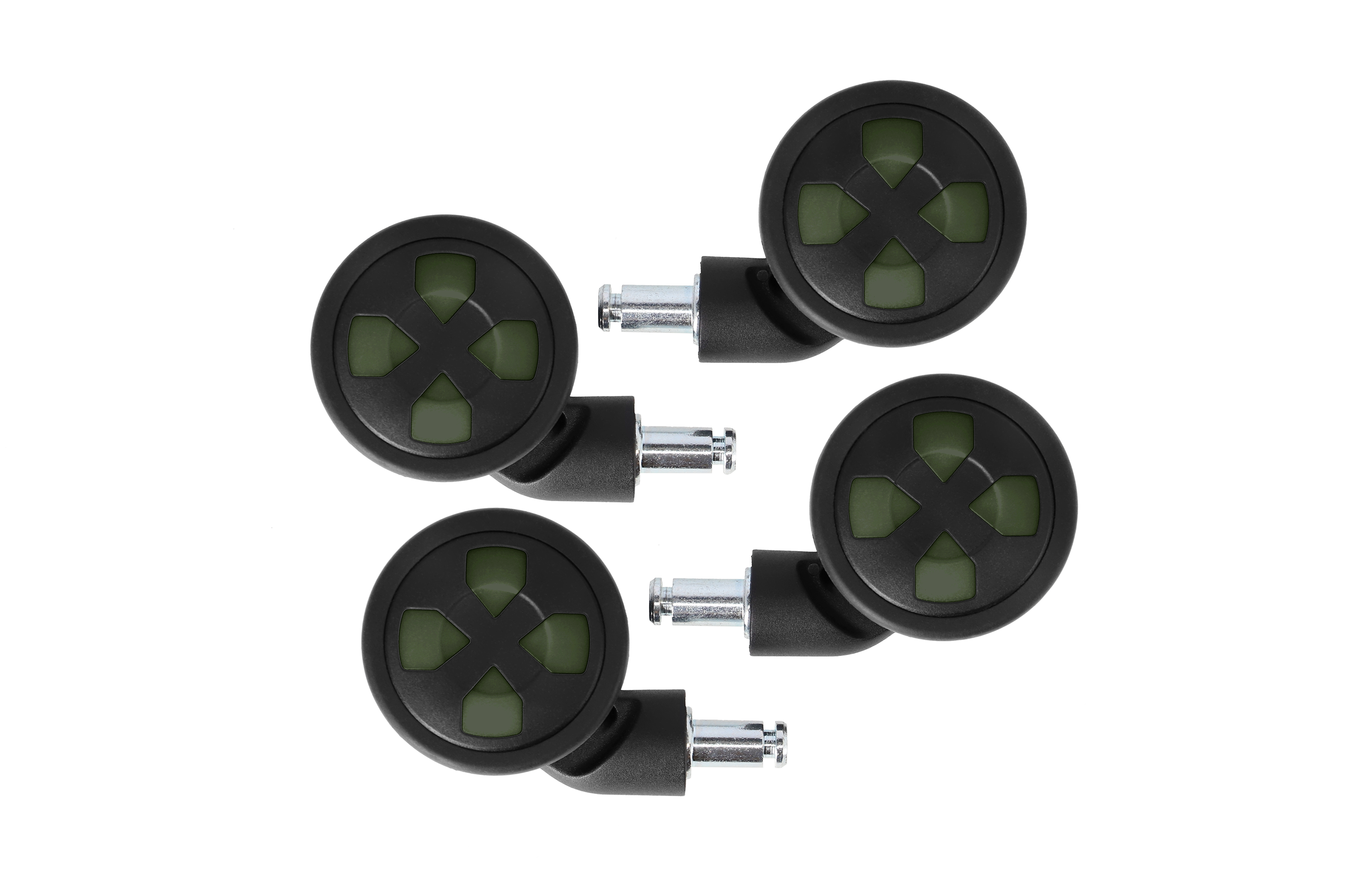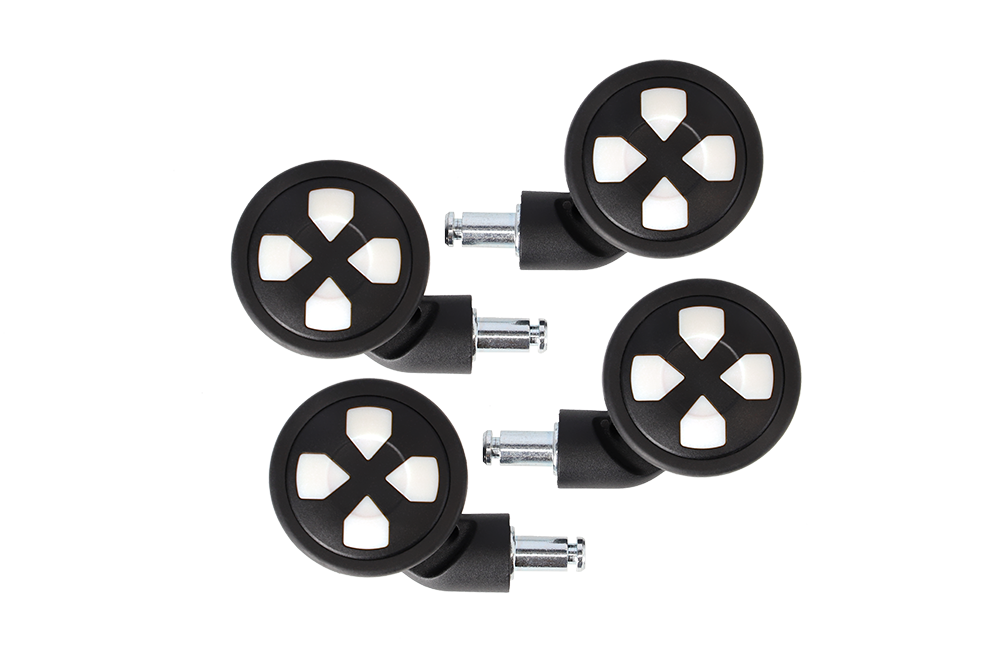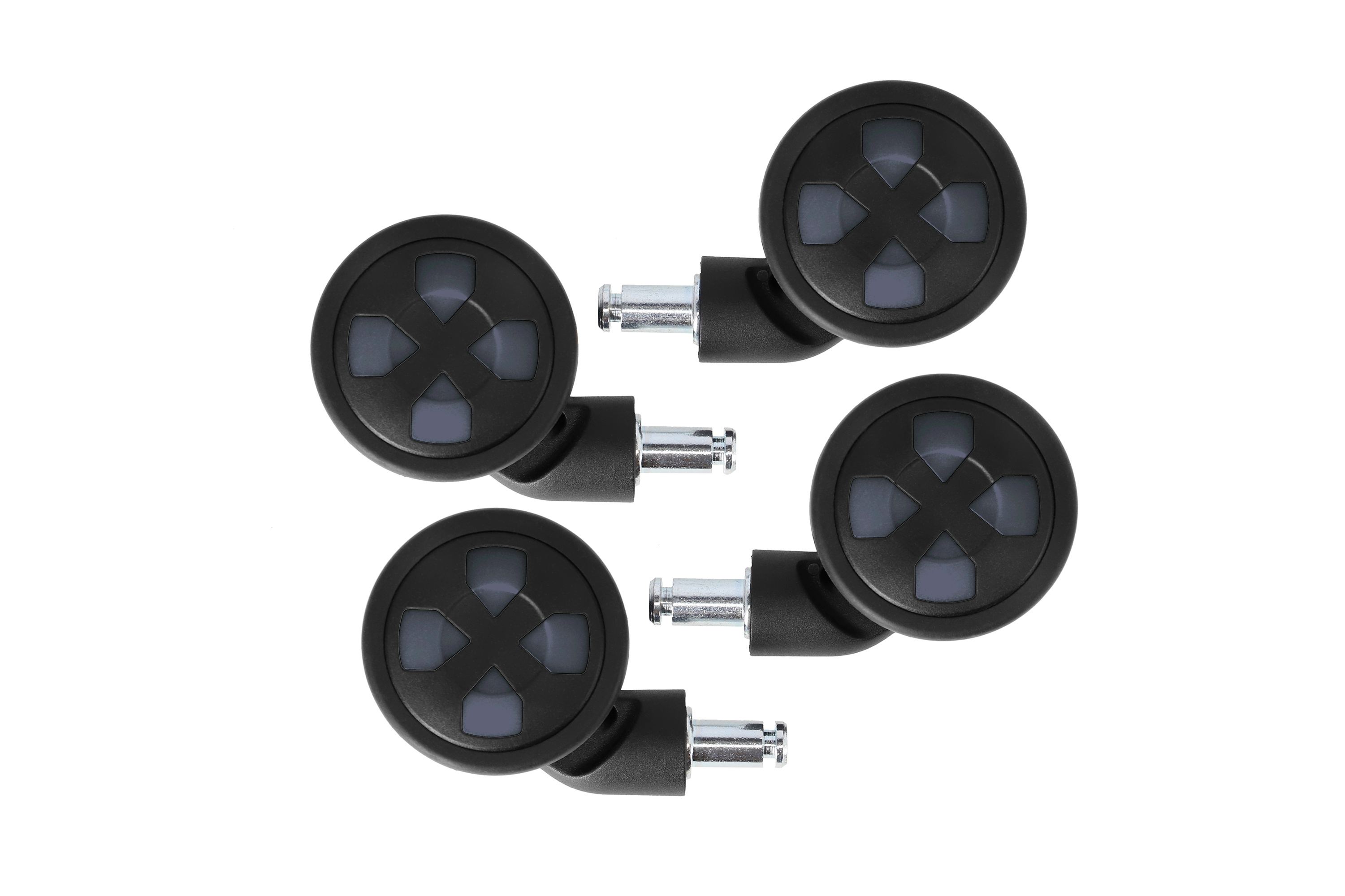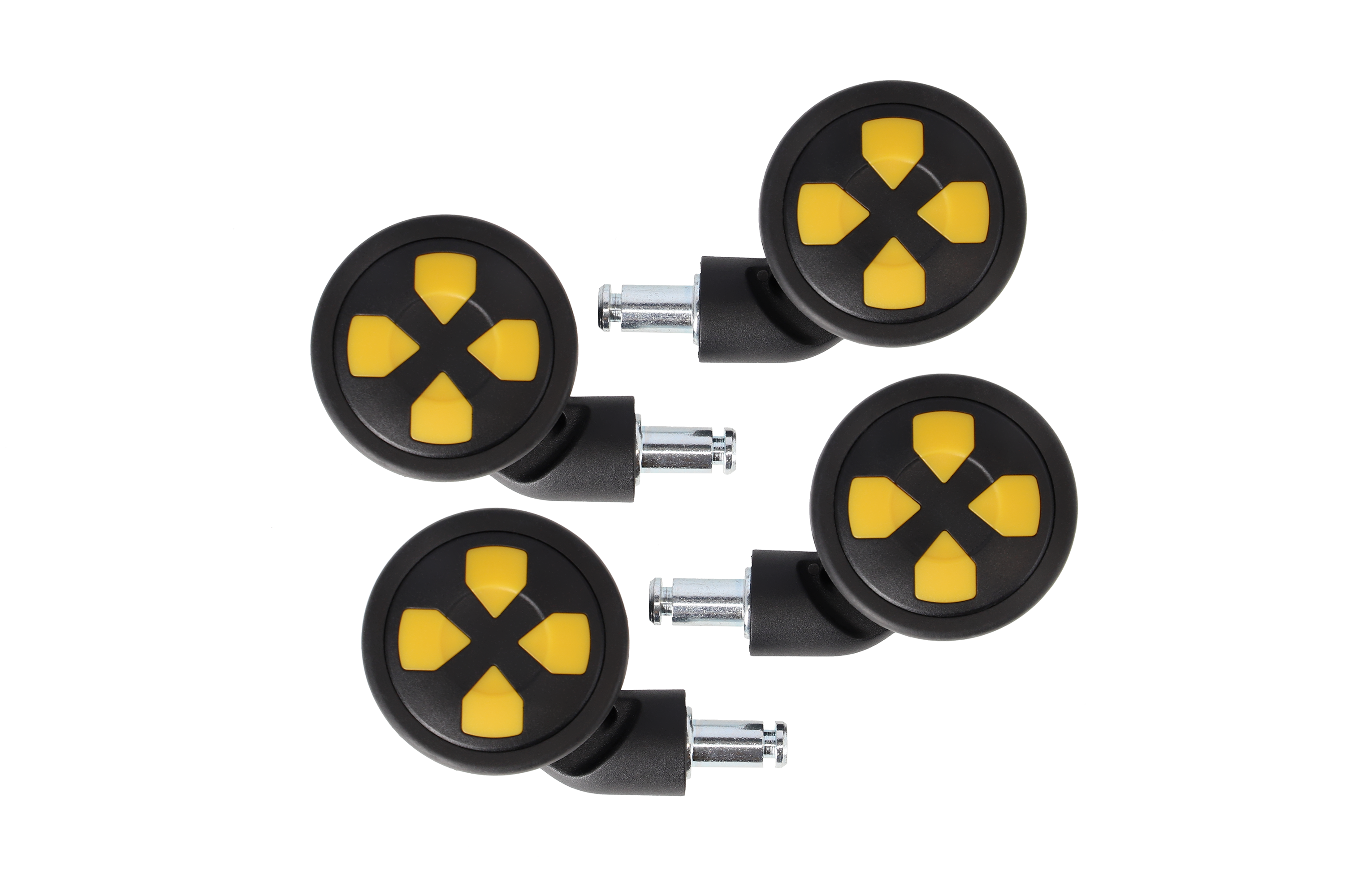You want to move your home office to the beach or simply take the meeting from the mountain hut? Then how about a workstation? This trend represents the unique connection between work and travel. As soon as you close your laptop, you can enjoy your evening off at your dream location as well as explore the area on the weekend. In this IMPACKT article, I give you tips for your sustainable workation. Come with me to the green co-working spaces right on the beach and let me take you into the world of workationers.
What is workation?
Flexible working at green resorts is a trend that has become possible thanks to the digital age. As the word suggests, workation is a combination of the words "work" and "holiday". To extend your holiday, you simply take your home office with you. All you need is a stable internet connection, your laptop and your destination. With this lifestyle model, you stay at your destination for several weeks or even a few months. If you just never want to come back home, you can also call yourself a digital nomad.
Why workation is more sustainable than a short holiday:
In the next points you will learn about the advantages of Workation. Let's start right away.
1. gain deeper cultural and language experience
Instead of rushing to check out the tourist highlights, a longer Workation gives you the opportunity to dive deeper into the culture. So you can take away much more than just the best Insta-pics. How about an accompanying language course or a language tandem? Check out the app
Tandem for that. You'd rather get to know people offline? Try the nearest language café. Local residents and visitors come together to learn from each other.
Speaking of learning. How about an Italian cooking class or a Thai massage workshop? A salsa dancing class in Latin America is at the top of my bucket list. All things you can only do if you have the time.
2. Long-term holidaymakers can have more IMPACKT
This new form of work and travel offers you the opportunity to get involved in your passions after work and leave an IMPACKT. From volunteering at an
animal shelter, starting a trash hero meet-up or organising a social media group for sustainable activities - anything is possible. Feel free to browse the
IMPACKT blog for more inspiration.
3. Reducing the carbon footprint
Said working model is also sustainable in another sense: those who travel longer and stay in one place usually use less means of transport. Instead of flying to many destinations with long distances in a short time, you can choose this slower mode of travel and fly less. By spending more time on the ground, you can explore the region at a leisurely pace by train, public transport or bicycle. Who knows what you'll discover. This reduction in exhaust fumes also reduces your own carbon footprint. If I do take the plane, I offset my flights with
myclimate.
4. Support the local economy
When it comes to food, I go for local street food and specialities. When shopping, I try to avoid big western chains. This way, fewer western products are shipped around the world unnecessarily and my money goes directly to local businesses and restaurants. I like to use regional traders for this. It is a unique experience every time to stroll through the markets and negotiate a good price.
Sustainable co-working spaces
As a digital nomad, I change my place of residence every few months. With the help of the
Nomadlist platform, Facebook groups and community platforms like
Freaking Nomads, I choose my co-working places to be productive. Co-working places are offices where you can rent and find like-minded people. Instead of the hustle and bustle of a big city, you can set up your workspace on an idyllic rooftop terrace or in a tropical garden. You can book online or on-site and get a daily, weekly or monthly pass. You also have the option of choosing a sustainable work environment. For example, I can recommend the
Yellow in Chiang Mai in the north of Thailand. In the next section, I would like to introduce you to a second one in detail.
KoHub - the tropical co-working space
One of my favourite places is KoHub on the Thai island of Koh Lanta. This green co-working place is an oasis for wifi-thirsty nomads. This doesn't come from just anywhere: James, the founder, attaches particular importance to a pleasant atmosphere. Shared sunsets and game nights are the order of the day. My highlight was the fresh and local food that I could order directly to my workplace via the in-house app. In terms of sustainability, the co-working place is similarly strong: For example, you can rent everything you need there in terms of accessories. From a monitor, a mouse or a private call room, everything is included. This not only saves you heavy luggage, but also CO2.
James also uses reusable straws and provides reusable drinking bottles and shopping bags free of charge. Recycling is also very important here: I was even able to dispose of my batteries properly.
My experiences
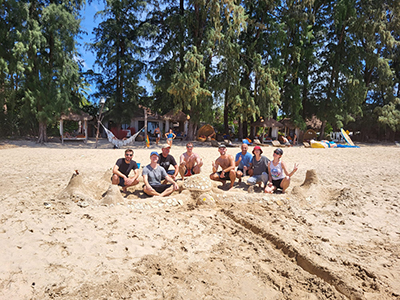
I'm currently combining digital nomadism with a trip around the world, and I love it. Waking up every morning in the warmth, not knowing what adventure I will discover today. Having the freedom to work regardless of location is a true dream. I am incredibly grateful to get to know other cultures, their ways of working and especially their culinary diversity in my new everyday life. In the process, I take the time to process the new impressions and get involved locally and have an IMPACT. If things go well, I will continue this lifestyle indefinitely.
On workation, ready, go.
Sounds tempting? It is. Whether alone, with your better half or your favourite colleagues: Grab your IMPACKT suitcases and off you go on workation.
Best regards,
Yours, Franzi
